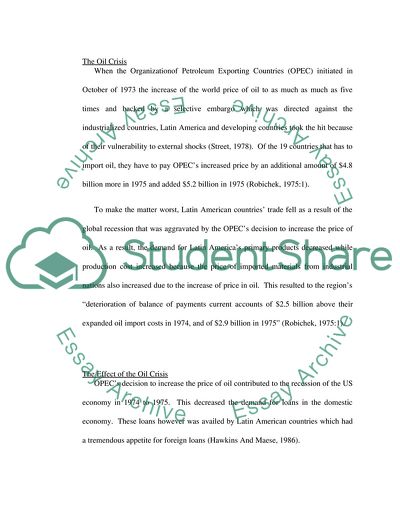Cite this document
(Why was there a debt crisis in 1980s Essay Example | Topics and Well Written Essays - 2250 words, n.d.)
Why was there a debt crisis in 1980s Essay Example | Topics and Well Written Essays - 2250 words. https://studentshare.org/macro-microeconomics/1757398-why-was-there-a-debt-crisis-in-1980s
Why was there a debt crisis in 1980s Essay Example | Topics and Well Written Essays - 2250 words. https://studentshare.org/macro-microeconomics/1757398-why-was-there-a-debt-crisis-in-1980s
(Why Was There a Debt Crisis in 1980s Essay Example | Topics and Well Written Essays - 2250 Words)
Why Was There a Debt Crisis in 1980s Essay Example | Topics and Well Written Essays - 2250 Words. https://studentshare.org/macro-microeconomics/1757398-why-was-there-a-debt-crisis-in-1980s.
Why Was There a Debt Crisis in 1980s Essay Example | Topics and Well Written Essays - 2250 Words. https://studentshare.org/macro-microeconomics/1757398-why-was-there-a-debt-crisis-in-1980s.
“Why Was There a Debt Crisis in 1980s Essay Example | Topics and Well Written Essays - 2250 Words”. https://studentshare.org/macro-microeconomics/1757398-why-was-there-a-debt-crisis-in-1980s.


